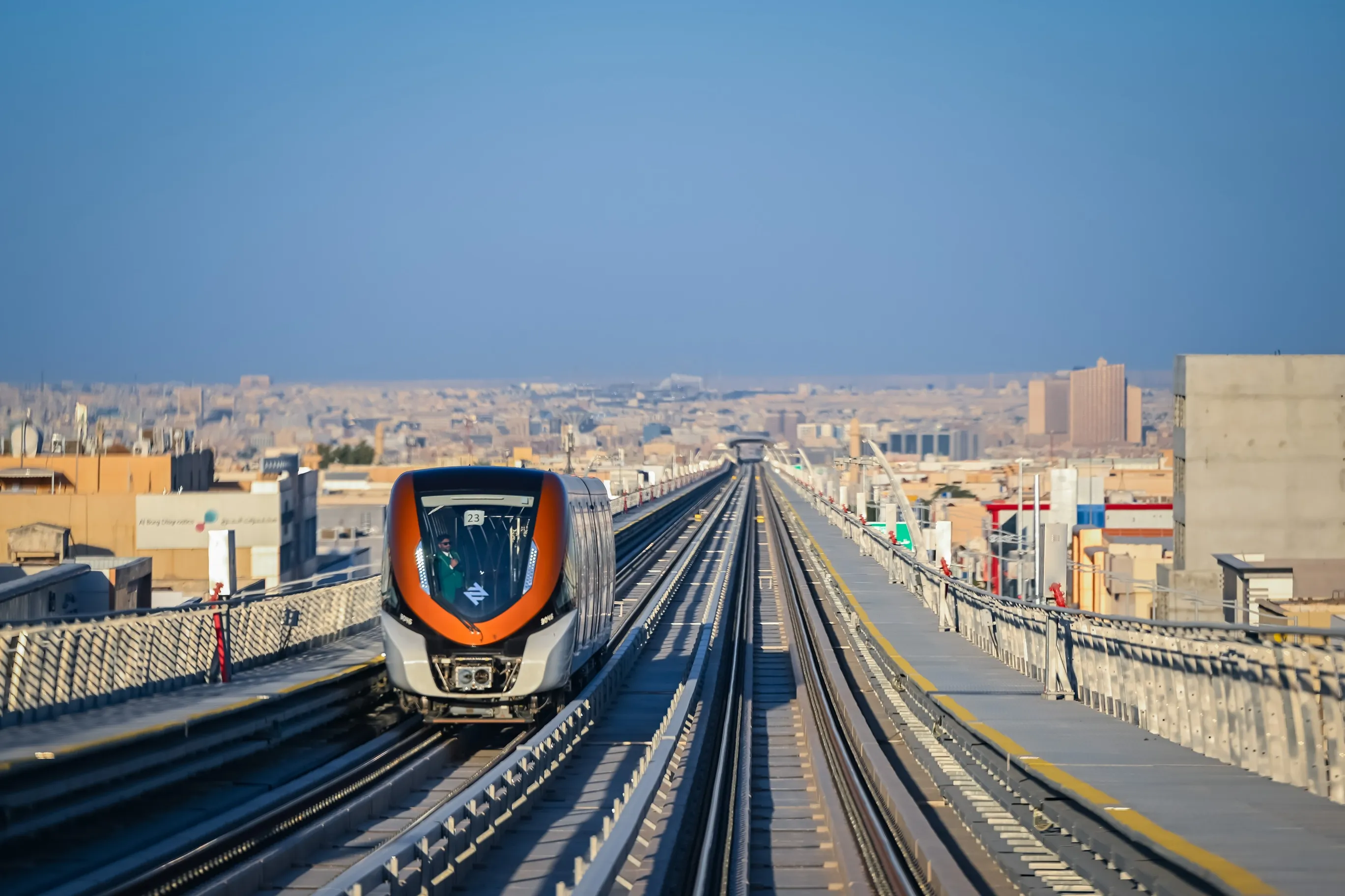US Transportation Secretary Anthony Foxx has announced a Transportation Infrastructure Finance and Innovation Act (TIFIA) loan for US$452 million to finance the Downtown Crossing section of the Louisville and Southern Indiana Ohio River Bridges Project.
The cost of the Downtown Crossing, which Kentucky is funding, is around US$1.3 billion, and represents one half of the bi-state Ohio River Bridges project, which also includes the new East End Bridge, also spanning the Ohio River eight miles to the north
December 19, 2013
Read time: 2 mins
US Transportation Secretary Anthony Foxx has announced a Transportation Infrastructure Finance and Innovation Act (TIFIA) loan for US$452 million to finance the Downtown Crossing section of the Louisville and Southern Indiana Ohio River Bridges Project.
The cost of the Downtown Crossing, which Kentucky is funding, is around US$1.3 billion, and represents one half of the bi-state Ohio River Bridges project, which also includes the new East End Bridge, also spanning the Ohio River eight miles to the north. Indiana will finance the East End Crossing project, which is also estimated to cost $1.3 billion.
Of the two bridges involved in the Downtown Crossing project, one bridge will be built to carry six lanes of northbound Interstate 65 traffic between Louisville and Jeffersonville, Indiana. The John F Kennedy Memorial Bridge, which currently carries all I-65 traffic, will be rehabilitated and reconfigured to carry only I-65 southbound traffic on six lanes. The Kennedy Interchange, where three major highways, I-65, I-64 and I-71, merge in downtown Louisville, will also be rebuilt to improve access and eliminate design deficiencies and safety hazards.
"The Ohio River Bridges project will help residents and businesses get where they need to go faster and safer," Secretary Foxx said. "It's a great example of two states working together to strengthen their shared economic interests, and one the Department of Transportation was happy to invest in."
"The Downtown Crossing project will provide better access to employment opportunities downtown, including the trade centre," Federal Highway administrator Victor Mendez said. "It will also enhance the quality of life for area residents by improving connections to numerous area attractions."
The cost of the Downtown Crossing, which Kentucky is funding, is around US$1.3 billion, and represents one half of the bi-state Ohio River Bridges project, which also includes the new East End Bridge, also spanning the Ohio River eight miles to the north. Indiana will finance the East End Crossing project, which is also estimated to cost $1.3 billion.
Of the two bridges involved in the Downtown Crossing project, one bridge will be built to carry six lanes of northbound Interstate 65 traffic between Louisville and Jeffersonville, Indiana. The John F Kennedy Memorial Bridge, which currently carries all I-65 traffic, will be rehabilitated and reconfigured to carry only I-65 southbound traffic on six lanes. The Kennedy Interchange, where three major highways, I-65, I-64 and I-71, merge in downtown Louisville, will also be rebuilt to improve access and eliminate design deficiencies and safety hazards.
"The Ohio River Bridges project will help residents and businesses get where they need to go faster and safer," Secretary Foxx said. "It's a great example of two states working together to strengthen their shared economic interests, and one the Department of Transportation was happy to invest in."
"The Downtown Crossing project will provide better access to employment opportunities downtown, including the trade centre," Federal Highway administrator Victor Mendez said. "It will also enhance the quality of life for area residents by improving connections to numerous area attractions."








